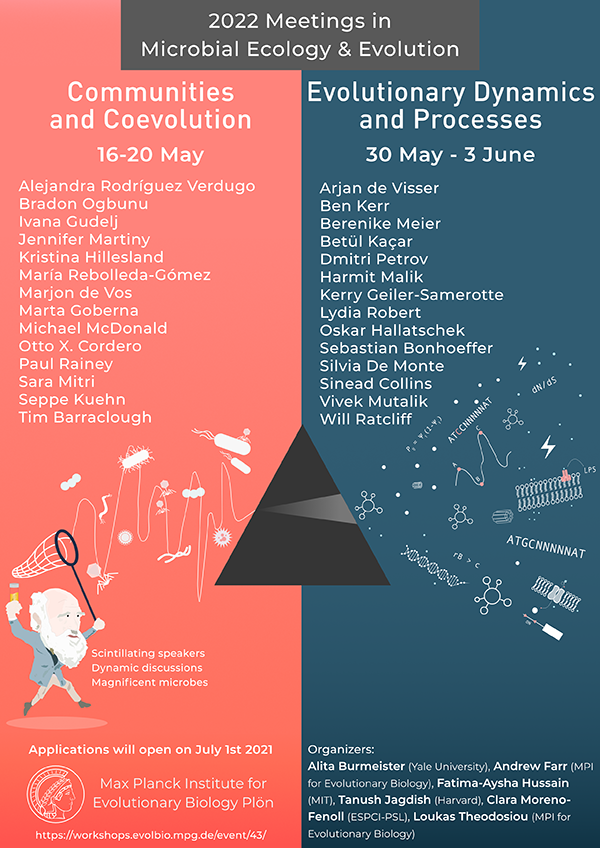Speaker
Description
Poor predictability of stable microbial colonization undermines our ability to harness probiotics and phage therapy in human health applications. Person-specific diversity contributes to this unpredictability; it is unclear how microbes colonize and evolve on individuals to create microbiomes with unique compositions, in which most genetic variation occurs within species boundaries. Bacteria-phage dynamics are implicated in promoting microbiome diversity by generating species- and strain-level population fluctuations. Yet, much remains unknown about the assembly and structure of phage populations in human ecosystems, and consequently their role in stable microbial colonization. Sebaceous skin offers a tractable model to unravel phage population dynamics due to its low complexity, ease of temporospatial sampling, and selective conduciveness to colonization at different developmental stages, as biological changes in the human host cause periods of ecological disturbance. Here, we use amplicon sequencing to examine the coevolutionary dynamics of the highly abundant and ubiquitous skin commensal Cutibacterium acnes and its phage. We collect facial swabs from 35 healthy subjects aged 5 – 60 on short (daily, weekly, or monthly) and long (every 6 months) timescales. We detect C. acnes phage at multiple developmental stages on the majority of subjects. Across individuals we observe a range of population structures; some dominated by a single variant while others are more even. Typically, we find multiple variants on an individual, often with nearly identical or distantly related variants coexisting, suggesting acquisition of pre-existing variants from the environment and on-person evolution. Most variants are person-specific, but some are shared. Independent of age, we find multiple cases of variants persisting on short and long timescales. This finding highlights the need for phylogenetic reconstruction at the genome-level to confidently distinguish between variant sharing and putative transmission events.

